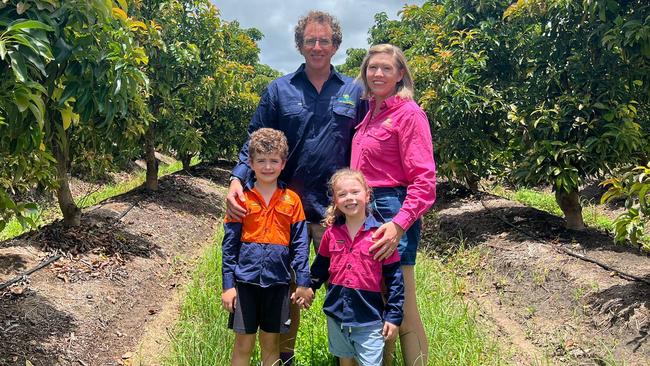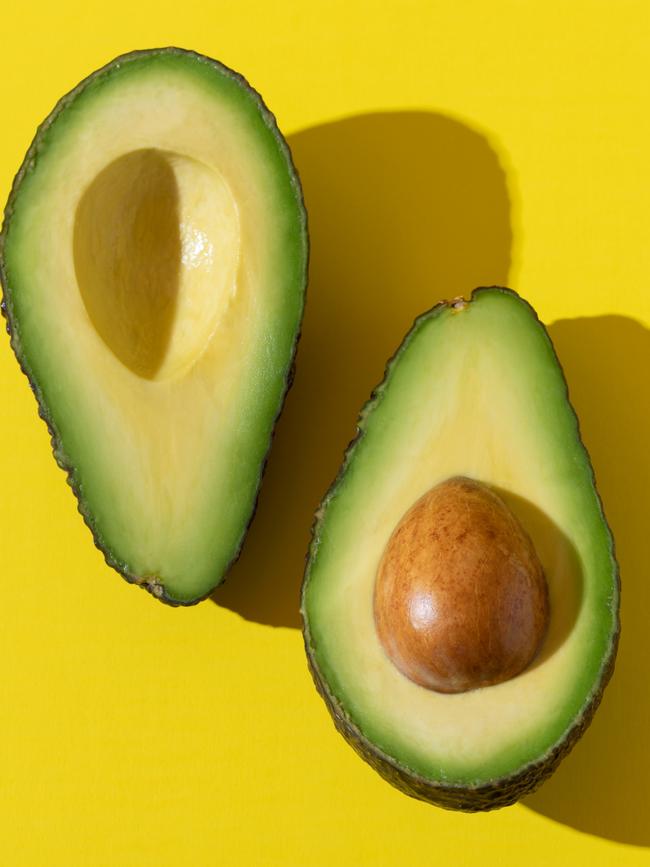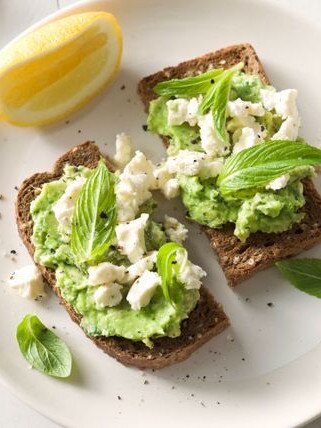Avocados have gone from millennial luxury item to affordable staple
Once considered a sign of frivolous millennial spending, avocados prices are ‘as good as they will ever get’ for consumers, and production is booming.

The fruit that became synonymous with millennial spending habits is likely to remain at bargain prices as Australian avocado production hits record highs.
A flood of avocados on the market has driven down prices of the once expensive item and the trend is set to continue with another 1500ha of avocado orchards reaching maturity this year.
While it’s good news for consumers, farmers who planted their orchards when prices were high are having to grapple with navigating through periodic gluts.
But that has been offset somewhat by steadily increasing domestic demand for avocados and a surging export market accounting for 13 per cent of total production.
Analysis by Rabobank shows Australian avocado production forecasts for the current financial year are up by 20 per cent year-on-year to a record 139,000 tonnes.
“Expansion in Australian avocado production is set to continue with more than 4000 hectares of orchards maturing in the next five years,” RaboResearch analyst Pia Piggott said.
For consumers, it’s likely to generally keep prices down for the foreseeable future, despite fluctuating seasonal supply.
“We may see some increase in prices in the summer months as Western Australian avocado production is in an ‘off year’, with crops bearing less fruit,” Ms Piggott said.
“But after this, supplies will again start to increase and prices are expected to decline.”

Andrew Fyffe, who began growing avocados for family-owned Dandy Produce near Bundaberg in 2015, said while lower prices posed a challenge for growers, the value for consumers was “as good as it will ever get”.
“In today's cost of living crisis consumers really need to change the tune on avocados no longer limiting millennials but conversely offering the best value for money in the fresh produce section,” Mr Fyffe said.
“The concept of the avo being this killer of the millennials’ house purchasing dreams is so far from the truth now it is not funny.”
Avocados are produced mainly in Queensland and northern NSW during winter and in Western Australia in summer.
According to Hort Innovation, Australia produced 115,358 tonnes of avocados worth $560.7m last financial year.
Retail accounted for 76 per cent of the sales, while the rest went to the food service industry.
Over the past week, the average price of a single avocado at Coles and Woolworths in the capital cities was $1.66, according to Avocados Australia.
The average price at the major supermarkets has not risen above $2 in the past year, well below the range of $2.50 to $5 during the fruit’s heyday.
“Back then, farmers were making pretty good money but costs of production have gone through the roof since then,” Mr Fyffe said.
“The cynical could sit back and say that growers drowned the market, but the market was driven by different parameters than it is being driven by now.”
Mr Fyffe said the drop in avocado prices had been influenced by changed consumer trends during the Covid pandemic, when exports were disrupted and cafes closed.
Similar effects have been noticed globally.

Growing export markets in China, Singapore and Malaysia drove a 55 per cent increase in Australian avocado exports last year, and growers hope newly established access into the Indian market will fuel further growth.
“We’re all trying to work out a way to make it sustainable going forward,” Mr Fyffe said.
“I’m fairly confident that in two or three years we will it return to the profitable side of the supply and demand curve.
“There’s a lot of people in India and China who currently don’t eat avos and they’re right on our doorstep for an Australian market.”
Mr Fyffe said he had sought to offset increased costs by adapting to new methods.
“We have focused on innovative production techniques to adapt to this challenging market by reducing the costs of production via development of an ultra high plant density orchard,” he said.






To join the conversation, please log in. Don't have an account? Register
Join the conversation, you are commenting as Logout